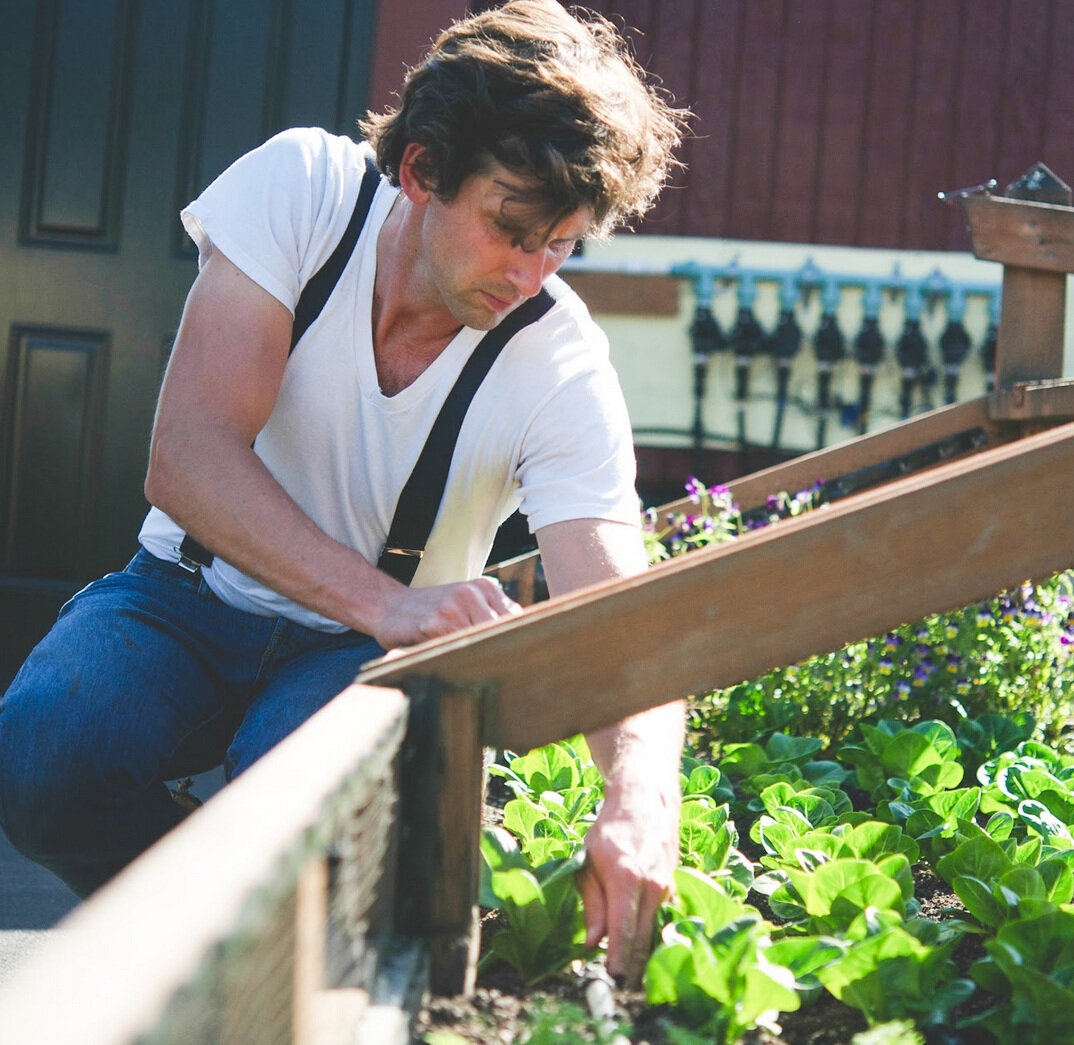This past month we rounded the corner into summer. By early summer, many gardens are pretty much planted out. This doesn't mean that we aren't continuing small successions of things like lettuce and cilantro, and that there wont be subsequent succession plantings happening later in the season, but it's a time of year when the gardens are generally starting to get pretty full with summer crops. Naturally, because of this, many of the questions we've been getting in our Slack group the past few weeks have been about pest and disease issues, harvesting, and pruning. This week we're going to disucss a question about leaf miners, a cauliflower harvesting dilmema, stunted greens beans and irregular sugar snap peas.
HOW TO LISTEN:
Listen right now in your browser by clicking above.
Subscribe in iTunes (or your favorite podcast player) to have our podcasts sent directly to your device.
SHOW NOTES:
In this episode, we discuss:
Leaf miners
Harvesting cauliflower
Stunted green beans
Irregular sugar snap peas
Important Take-aways:
Leaf miners are a small black fly. They lay tiny eggs on leaves and then the larvae from these eggs are what actually do the damage. There are several types of leaf miners, but they're damage tends to look pretty similar across the board. Leaf miner damage has two phases, early signs of the damage can look like small trails, but these quickly turn into a more blotchy shape and the infected area starts to look papery and almost translucent. We devoted an entire episode to leaf miners, so for more info, check out Episode 11.
Cauliflowers tend to take a little longer ( ~ 10 days, give or take) than broccoli to put on heads, so if you have these two Brassicas grouped together, your broccoli may be ready to harvest first. That's totally normal, and you'll probably want to leave your broccoli in the ground so it can produce side shoots anyway!
Stunted greens beans will generally still produce fruit. If the flowers and the leaves look healthy, but the plants are just a little small, I'd leave them in the ground to fruit and succession plant another batch somewhere else in the garden (see photo above).
Sugar snap peas are a open pollinated so if the breeder doesn't do a good job isolating the seed, you end up with all sorts of wonky variations like flat or small pods. To save your own pea seed, you need to seperate your plants from other pea varieties by at least 10 feet.
Great resources if you want to start saving your own seed at home:
Like what you hear? Please share our podcast with a friend. Subscribe on iTunes or your favorite podcast player so you never miss a beat. And we'd really appreciate you showing us some love by leaving a rating and review on iTunes.
Have a topic you'd like see us dig in to? Leave us a note in the comment section below or #EBpodcast on Instagram and Twitter!








